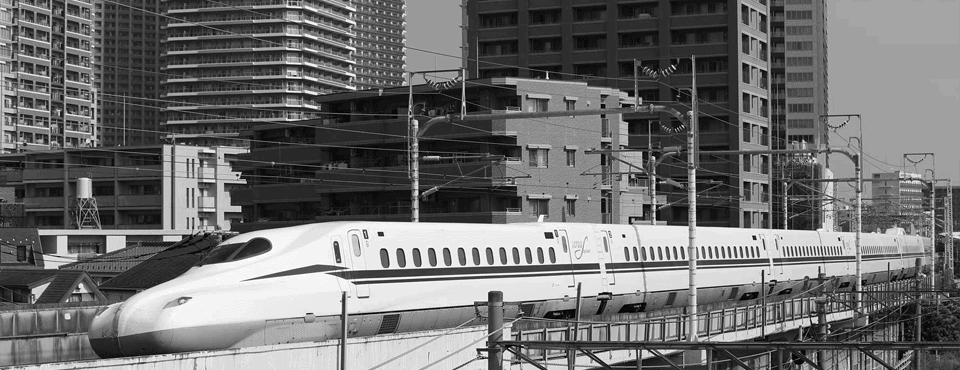
How does high-speed rail change the spatial distribution of economic activity?
The economic and social consequences of investments in transport infrastructure generate heated academic and policy debates because they typically involve costly investments that are supposed to yield high payoffs. Investments in high-speed rail (HSR) are particularly telling examples of large transport infrastructure investments. High-speed trains usually run at speeds exceeding 250km/h and could be competitors to the airplane for medium-distance travel. Within the last ten years, China has developed the most extensive HSR network in the world, which is now about 35 thousand km and still expanding. In Europe, there are concrete plans to open HSR lines between London and Manchester in the United Kingdom and between Warsaw and Tallinn in the Baltic. Further, the Spanish government has an ambitious plan to expand its HSR network to 7 thousand km, which is more than double its current length. The U.S. currently has one HSR under construction between Los Angeles and San Francisco and has plans to upgrade the existing Northeast Corridor line to operate at a higher speed.
Given the high costs of building HSR lines, it is surprising that the question of whether and how HSR affects the spatial distribution of economic activity has not been satisfactorily answered. As explained by Redding and Turner (2015), there are two major methodological issues in assessing the impact of new transport infrastructure on specific regions. One is the chicken-and-egg problem, as regions with high transport needs are more likely to receive infrastructure. The other is that the effects of infrastructure on individual localities are hard to predict because it is unclear whether infrastructure will attract new activities or displace activities from or to other regions. These difficulties probably explain why the empirical evidence on the expected benefits of large investments in transport infrastructure is mixed. In particular, it is still unclear whether and which locations benefit from being connected (or unconnected) to the transport network.
A recent paper by Hayakawa, Koster, Tabuchi, and Thisse (2021) focuses on Japan, which has one of the oldest HSR networks in the world, i.e. the Shinkansen. There are two main reasons why studying the Shinkansen (which means ‘new trunk line’) is important. First, out of 160 million passengers per year, a very large share (about 65% in 2010) are technical workers and business travelers. Such a high number strongly suggests that the Shinkansen may be considered as a transportation mode that affects significantly firms’ location choices through the travel of non-production workers whose share in Japan has increased from 22% to 41% between 1952 and 2015. Second, the first Shinkansen lines were built more than 50 years ago, so that one may expect their long-run effects on the Japanese economy to have materialized.
To this end, Hayakawa et al. develop a spatial quantitative model. In this model, business-to-business travel can take place by train and by road (for example using a car or truck). Similarly, workers can commute by train and by road using a car or bus. Using data on municipalities in Japan, they show that travel time by train affects business-to-business linkages, whereas travel time by road does not. This finding shows that the Shinkansen plays a crucial role in sustaining production networks in Japan. Furthermore, the model incorporates agglomeration economies, implying that firms are more productive in dense urban areas.
Using the model’s parameters, Hayakawa et al. can undertake a so-called scenario analysis. They consider two experiments. In the first scenario, all planned Shinkansen lines are realized. The second one considers the unlikely situation that the entire Shinkansen network is removed. The results of these counterfactuals highlight a few critical outcomes. In the first experiment, the planned Shinkansen extensions generate a substantial welfare gain. Without them, welfare in Japan would decrease by more than 5%. Furthermore, by improving the overall accessibility, the Shinkansen has made Tokyo, Osaka-Kyoto and Nagoya more attractive. The effect is substantial for Nagoya (i.e. an 11% increase in employment) because the improved connectivity magnifies the ‘hub’ function of this city, located in between the two largest Japanese metropolitan areas. By and large, constructing a Shinkansen line is beneficial to connected urban areas and detrimental to unconnected areas, but local effects can be quite different.
